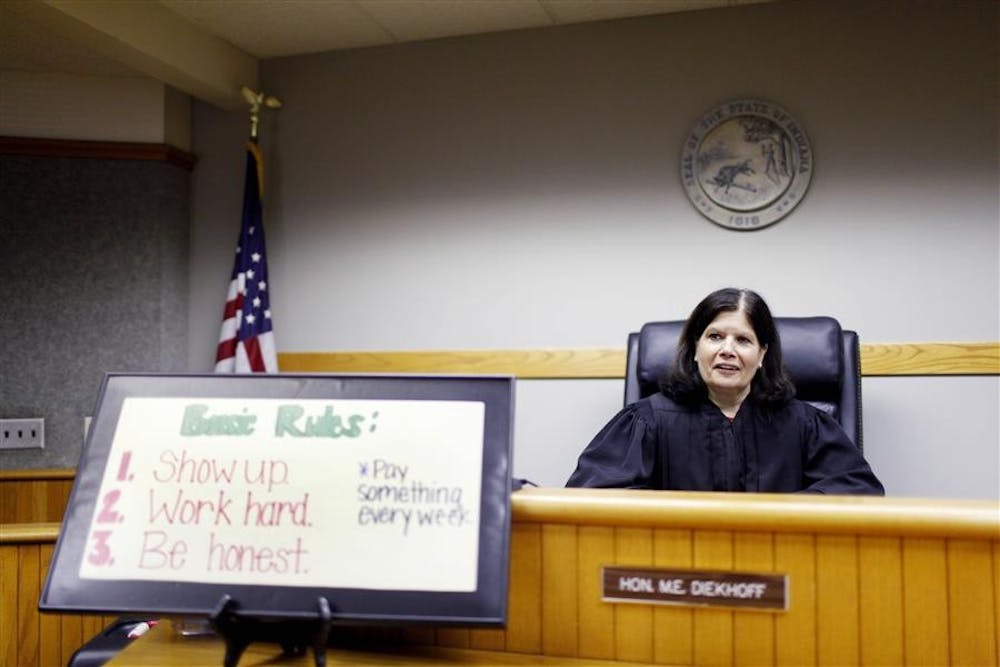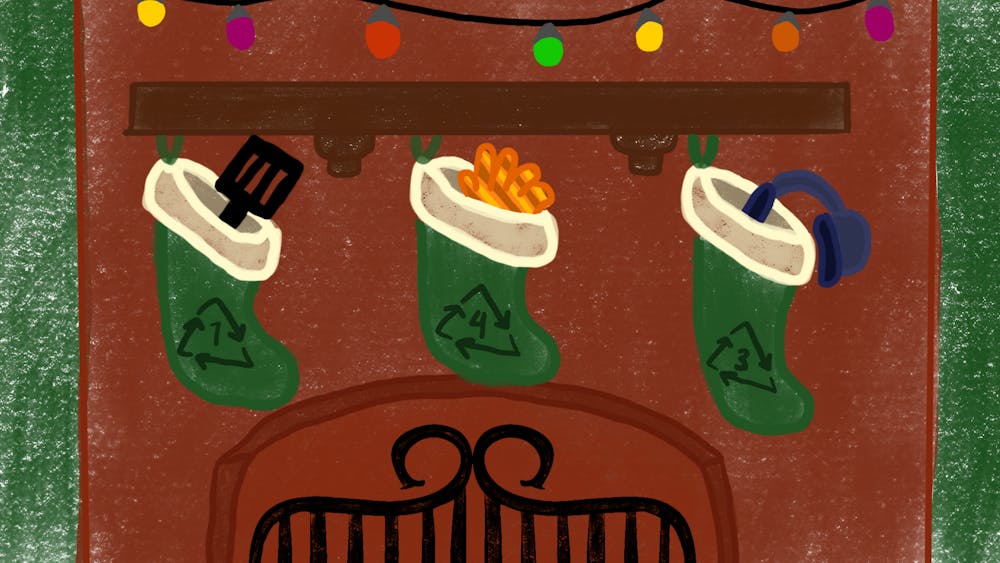The COVID-19 outbreak has motivated governors in 43 states to issue stay-at-home orders in an attempt to limit the virus’s spread across the country. Retirement homes and assisted living centers in Bloomington have implemented visitation restrictions, and Indiana Superintendent of Public Instruction Jennifer McCormick instructed all K-12 schools on April 3 to remain closed through the end of the school year.
Though everyone is susceptible to the coronavirus, special attention is being directed toward protecting groups that are especially at-risk such as children, the elderly and those who are immunocompromised. In many places, however, there is little focus on the wellbeing of prisoners, another especially at-risk group that is less able to practice social distancing and sanitation measures.
The overcrowding and poor sanitation capabilities of prisons could prove fatal for the imprisoned population of the U.S., which in 2016 was roughly 2.2 million people. That’s why it's imperative for local and state governments to follow the leadership of Monroe County Circuit Judge Mary Ellen Diekhoff, who has worked alongside lawyers in the prosecutor’s office and local law enforcement to reduce the number of people in Bloomington’s Zietlow Justice Building by 34% over the last month.
This large reduction in Monroe County’s imprisoned population was accomplished through a combination of the court-approved release of nonviolent prisoners and local law enforcement making an effort to issue citations rather than making arrests whenever possible.
There were 271 people incarcerated at Bloomington’s Zietlow Justice Building on March 1, though most were awaiting their disposition of their cases through the court system. By the morning of March 31, almost 100 people had been released and stood at 179 incarcerated people.
After finishing up court hearings on March 31, Diekhoff estimated she’d released more than 70 people, making up a major portion of the county’s overall reduction. This not only removed the risk for those individuals of catching the virus in prison, but it also enabled the Zietlow Justice Building to establish two cell blocks of quarantine space in case there are any COVID-19 cases within the facility.
Other counties in Indiana have joined Monroe County in seeking to reduce their inmate populations in preparation for the pandemic. On April 3, all three branches of the state government issued a letter acknowledging the public health emergency in Indiana and encouraging local governments to review their incarcerated population to see who could be safely released back into the community.
It is imperative during this time that everyone, whether they are imprisoned or not, is granted access to sanitation and the ability to social distance. Anything less would be a violation of their inherent dignity as human beings and could be a death sentence. In the same way that preventative measures are being taken to protect children, the elderly and the immunocompromised, steps should also be taken to protect prisoners.
Monroe County has been a leader among local governments in making the necessary changes within law enforcement and legal practices to protect inmates as best as possible during this time. For the good of the people imprisoned all across the country, and for the good of all of us, we should hope that all local and state governments follow the example of Monroe County in reducing inmate numbers through the release of nonviolent prisoners and a reduction in arrests from law enforcement.
Jerrett Alexander (he/him) is a freshman studying international relations and environmental sustainability. He sits on the Bloomington Commission on Sustainability.






